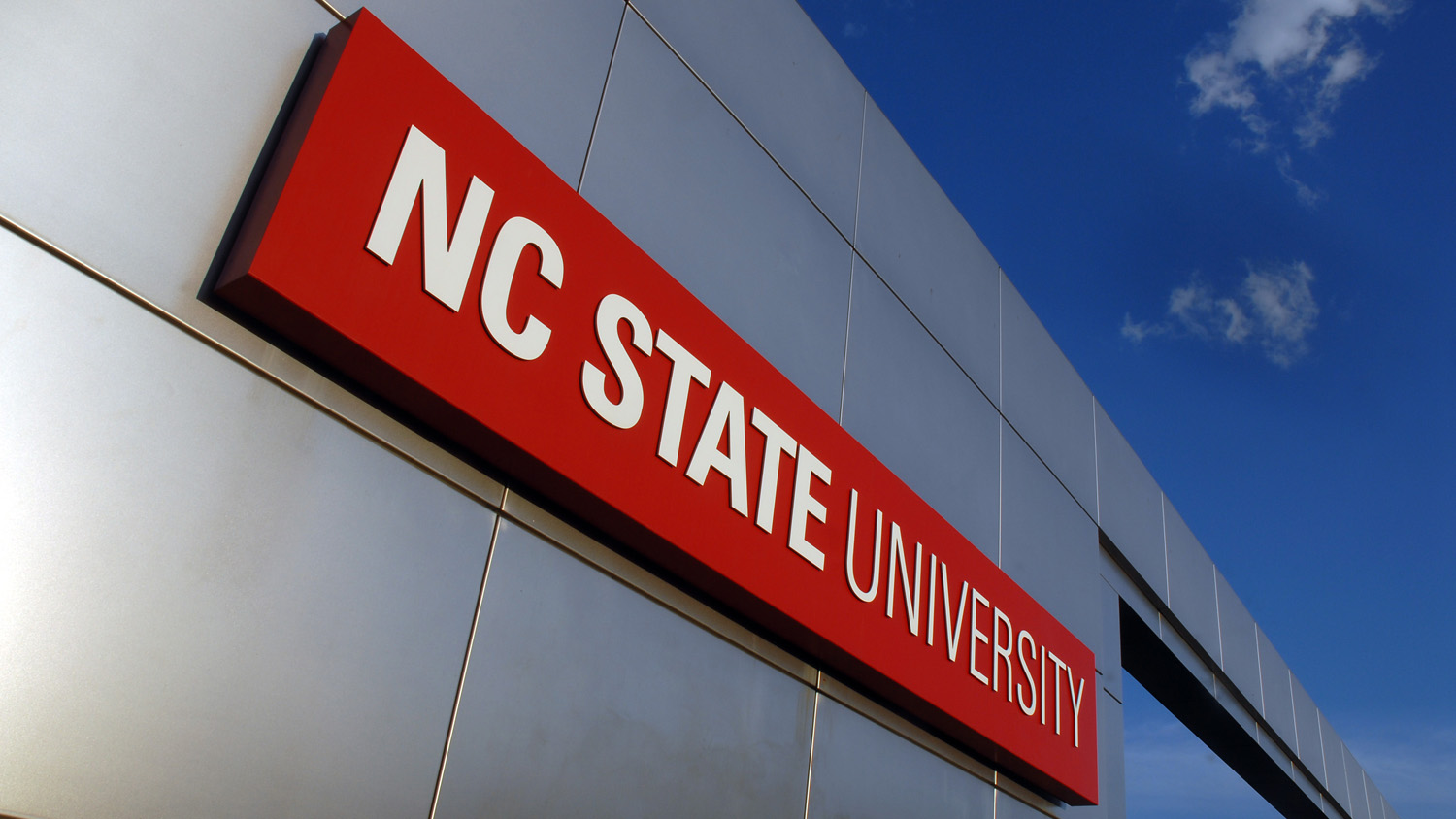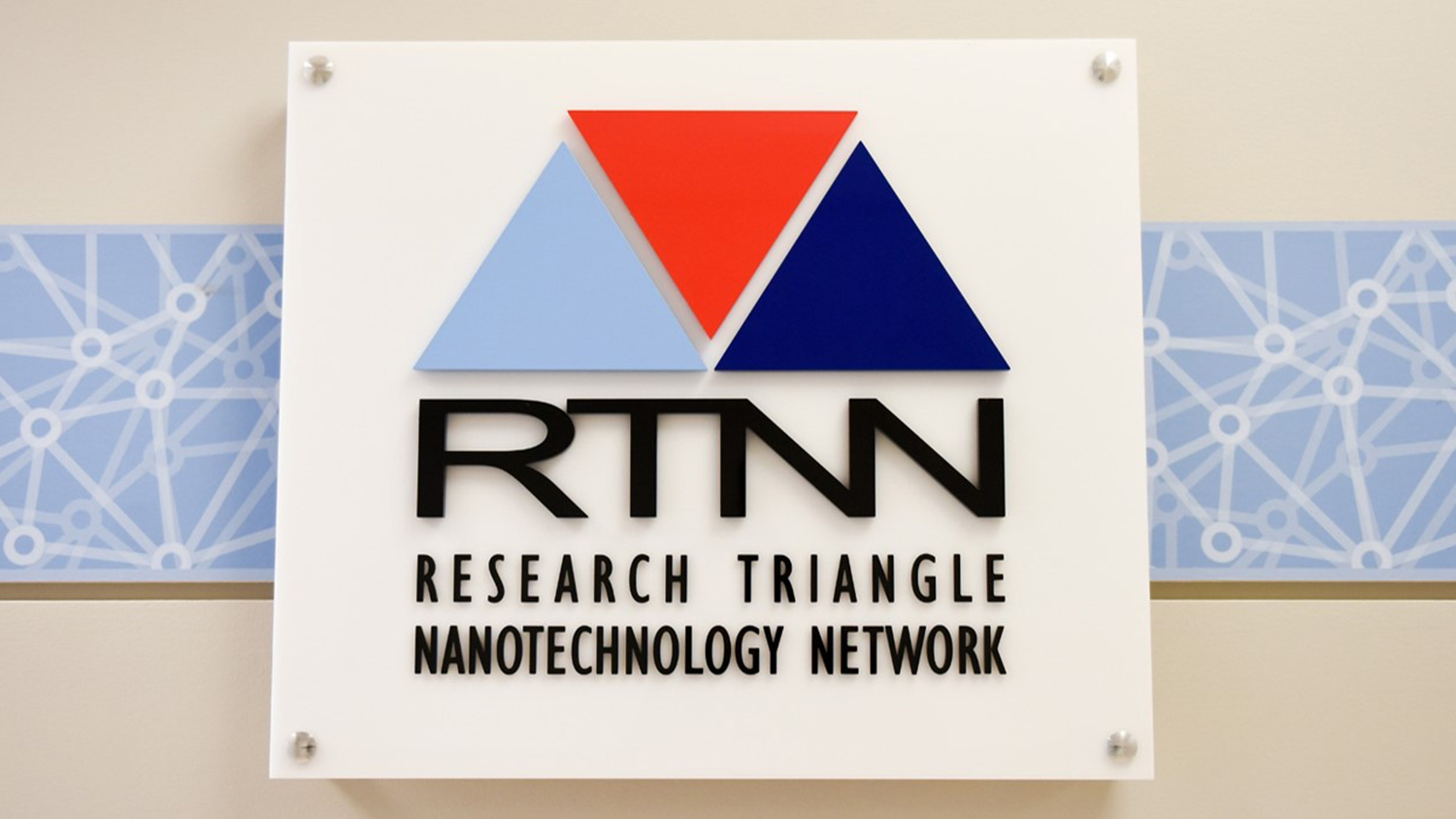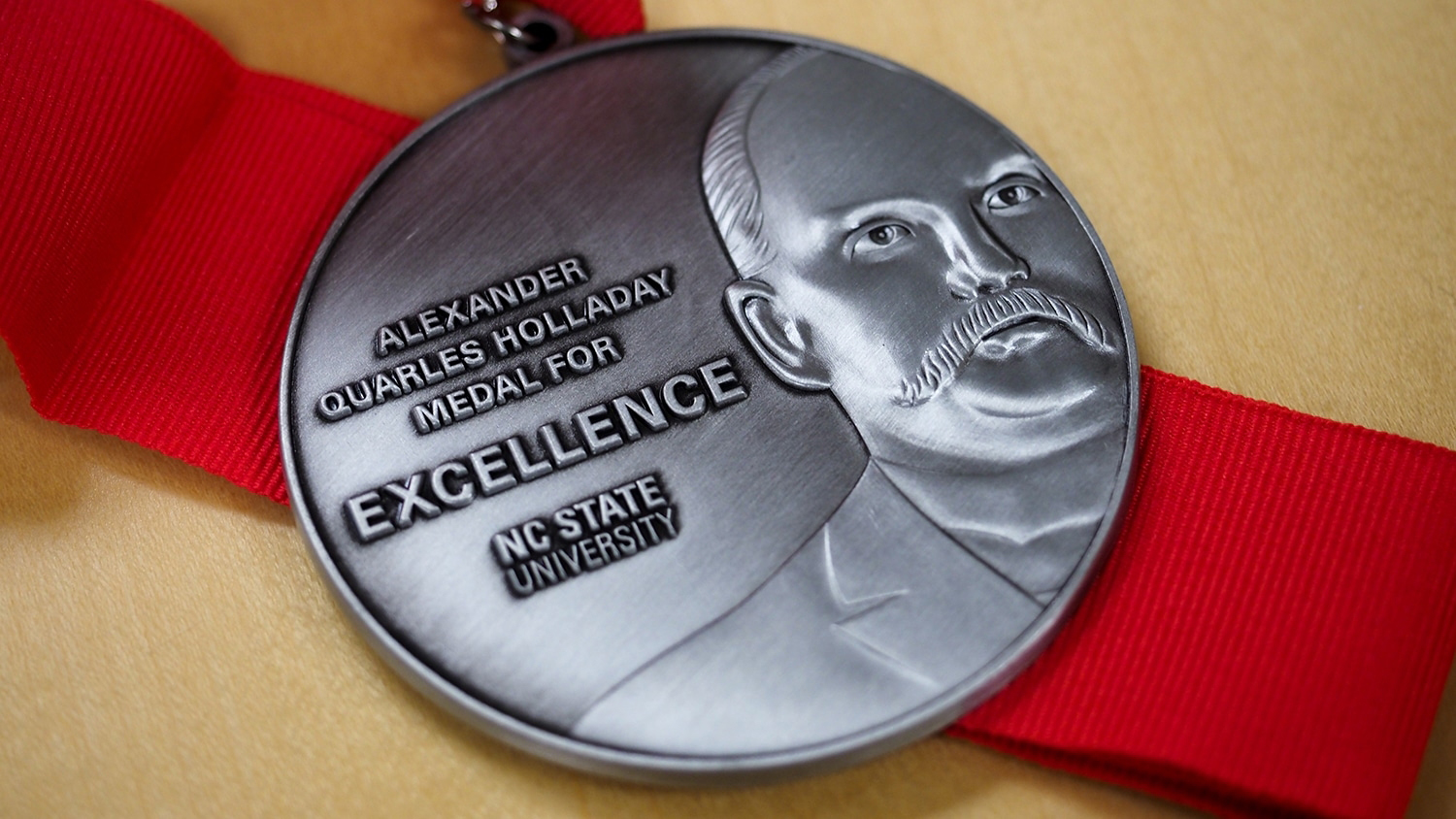2018-19 University Faculty Scholars named

NC State’s 2018-19 class of University Faculty Scholars was announced today. These 20 early- and mid-career faculty receive this designation due to their significant academic achievements and contributions to NC State through their teaching, research and community engagement.
Nearly 150 faculty have been named University Faculty Scholars since the program’s founding in 2012. Faculty members selected as University Faculty Scholars carry the title for the duration of their faculty appointment at NC State and receive an increase to their base salary.
Colleges may submit nominations for assistant professors appointed for a second term, associate professors and professors within the first three years of their appointment. Senior faculty then review nominations, evaluating them on research and scholarship productivity, excellence in teaching and mentoring, and leadership in extension, professional societies and public service initiatives.
This year’s class of University Faculty Scholars includes:
- Veronica Augustyn, assistant professor of materials science and engineering
- Aranya Chakrabortty, associate professor of electrical and computer engineering
- Jason Delborne, associate professor of forestry and environmental resources
- Robin Dodsworth, associate professor of English
- Jesse Ellis, associate professor of business management
- Carla Fröhlich, associate professor of physics
- Joy Gayles, professor of educational leadership, policy, and human development
- Reza Ghiladi, associate professor of chemistry
- Ronalds Gonzalez, assistant professor of forest biomaterials
- Jane Hoppin, associate professor of biological sciences
- Rebecca Irwin, professor of applied ecology
- Jesse Jur, associate professor of textile engineering, chemistry and science
- John Mattingly, associate professor of nuclear engineering
- Maria Mayorga, professor of industrial and systems engineering
- Brendan O’Connor, associate professor of mechanical and aerospace engineering
- Sara Queen, associate professor of architecture
- Lina Quesada, associate professor of entomology and plant pathology
- Lauren Schnabel, assistant professor of clinical sciences
- Margareta Thomson, associate professor of teacher education and learning sciences
- Laura Widman, assistant professor of psychology
This post was originally published in NC State News.
- Categories:


